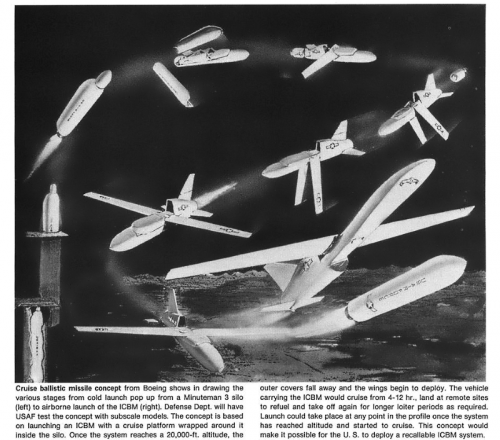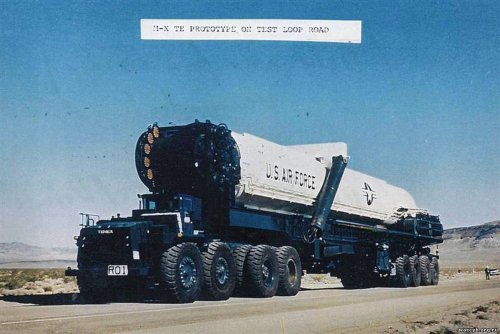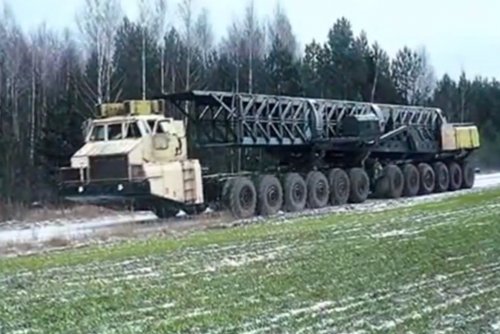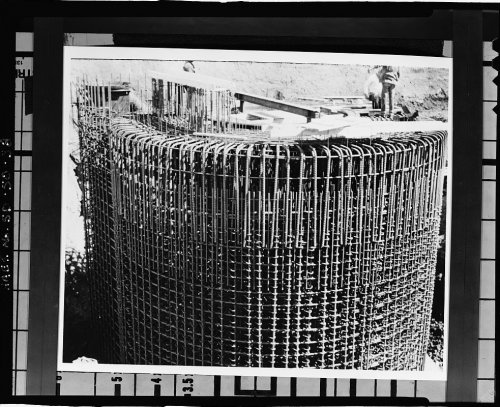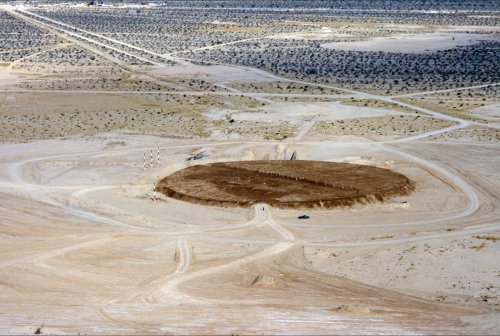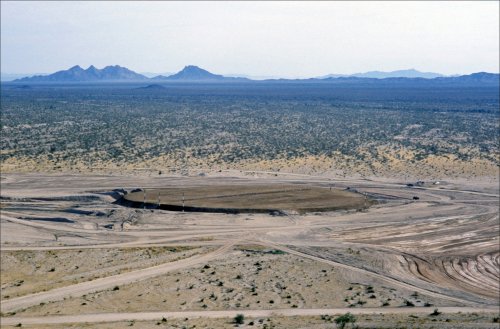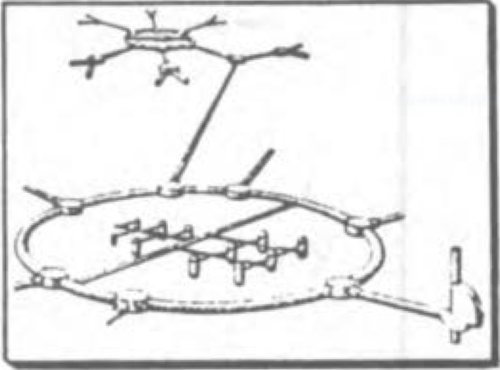sferrin said:
Sure!
Consider a deployment of 10 MX missiles in silos situated in a set of 100 silos. The silos are spread out so you have to use a separate warhead against each one, no "two-fers". Let's further assume the Soviet warheads are good enough to hit these silos without needing a backup RV just in case.
So in this case you need 100 warheads in order to attack the field. But that's totally worth it, because you likely have 10 warheads on each of your missiles, so it's a straight up exchange of 10 of your missiles for 10 of theirs.
But now let's add a single ABM for each MX. Here's the trick - I know where my MX is and the Soviets don't. That means I can watch the attack as it unfolds, and find the one that's going to hit the silo where the MX is that I'm assigned to protect. And then I shoot down that one RV. The other nine fall on empty silos.
In order to counter this, the Soviets have to
add a second RV to every silo. And if I add another ABM, a third. This is a huge force multiplier. Sure, SALT limits the US to only 100 interceptors, but if each one of them is protecting a field of 10 silos, or 23 I think was the real number, you end up being able to soak up about half of the entire Soviet fleet before you lose even one MX.
It's not that such a system eliminates the possibility of your MX fleet being destroyed, but it makes it SO expensive that the very idea of counterforce becomes meaningless.
The same basic idea applied to Sprint II and Hardsite, but in that case it was the inaccuracy of the Soviet RVs that worked in their favour. With a CEP around 2 miles, they needed to shoot about three RVs at every silo, so the Sprint would pick off the one that was going to land close enough and let the other two hit the empty ground. That, however, was rendered moot by improved INS.

